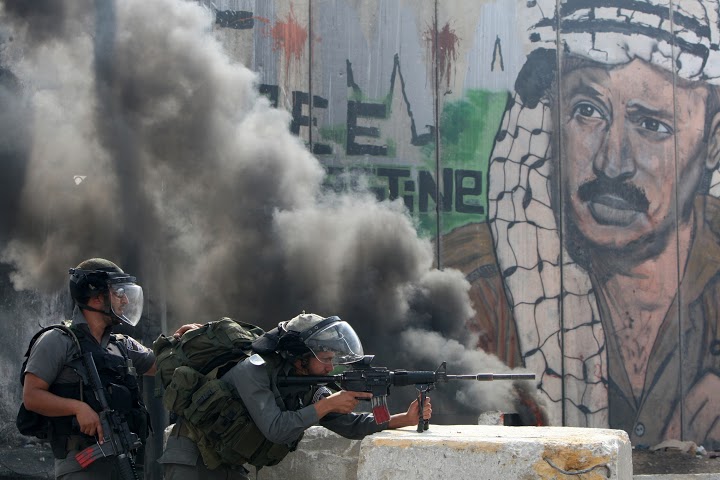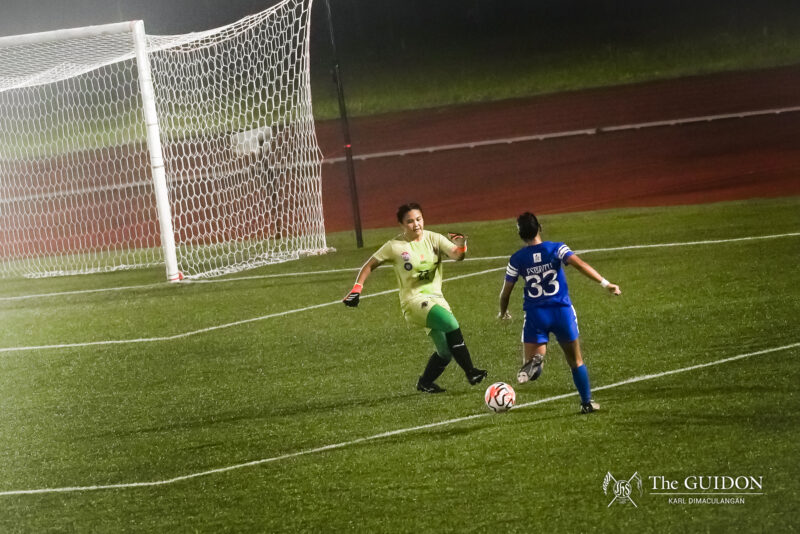A MONTH of fighting along the Gaza Strip has led to the deaths of almost 2,000 people, mostly civilians and children, caught in the crossfire between Israeli forces and Hamas, a Palestinian militant group.
This bout of fighting—the most recent in over four decades of conflict—began after Hamas agents allegedly killed three Israeli students on June 12. This has since escalated, with Israel executing airstrikes over Gaza and Hamas firing rockets in retaliation.
Both sides have pointed fingers at each other and attempts at a ceasefire have ended violently. With neither side taking responsibility, international discourse on the issue has been polarized and reactions have been split on whose side to take.
Yesteryears
Israel has been at odds with Muslim countries since 1948 when the Jewish People’s Council established the State of Israel in Mandatory Palestine. The decision to establish the State in Palestine came about because, as the Anglo-American Committee of Inquiry reported, “The Jews have developed a strong and tightly-woven community [in the area]. There thus exists a virtual Jewish non-territorial State with its own executive and legislative organs.”
The movement calling for a permanent homeland for the Jews was known as Zionism. “Their slogan goes,” says Bas Claudio, vice president for Public Relations at The Ateneo Assembly, “‘a land without a people for a people without the land.’ The problem was that Palestine had [already] been inhabited.”
This new state was not recognized by certain members of the Arab League—specifically Syria, Iraq, Egypt and Transjordan—which marched into the territory on behalf of the Arab Palestinians who opposed the new Jewish state.
In the ensuing decades, numerous armed groups and military units crossed into the territory. Both civilians and soldiers were killed—as were thousands of infiltrators. The conflicts ranged from territorial disputes and military insurgencies, to civil disobedience and slews of riots and revolts.
While Israel started out as the underdog of the Middle East, it has managed to become the powerhouse of the region. This is due to its “technological superiority and strategic acumen,” says Richard Heydarian, lecturer at the Political Science Department.
According to Jewish Voice, Israel’s military forces are ranked sixth worldwide, “quite impressive when given the size and population of Israel.”
Possession of the Gaza Strip and most of Israel’s territory has been much disputed. While Israel claims the Holy Land as theirs, the establishment of the Jewish state also displaced many long-time Palestinian inhabitants.
Subsequent fighting over land and territory has confused, displaced and killed those most affected by the disputes—ordinary Israeli and Palestinian citizens.
The latest conflict
“Since 2006, Gaza has suffered from at least three major Israeli military incursions, which constantly led to high civilian casualties, including children,” says Heydarian. Palestinian authorities have reported that the latest of these incursions has led to over 200 civilian deaths in July alone at the hands of Israel’s missiles.
Israel’s goal in the latest conflict is to destroy the tunnels that the Hamas used to smuggle weapons and launch attacks at Israel. These tunnels are suspected to have been used for transporting weaponry, such as the missiles used in the initial attack.
What followed was an all out war in Gaza, including several air strikes in areas that have a heavy civilian population. This war is expected to continue and may be prolonged, with Israeli Prime Minister Benjamin Netanyahu saying, “We will continue to act aggressively and responsibly until the mission is completed to protect our citizens, soldiers and children.”
The United Nations (UN) Security Council has called for a ceasefire in Gaza. UN Secretary-General Ban Ki-moon said both Israel and Palestine have “expressed serious interest” in a 24-hour humanitarian ceasefire.
Despite this claim by Ki-moon, “Israel has pushed back against any external pressure, constantly putting the blame on the Islamist Hamas government in Gaza and the inability of the Palestinian Authority to ‘guarantee’ the security of Israel and its citizens,” says Heydarian.
“Israel’s ‘right to self-defense,’ which it keeps on invoking in its bombardment of Gaza, doesn’t hold water because the root cause of the conflict is Israeli aggression and colonization,” says Luther Aquino, a former human rights observer with the Ecumenical Accompaniment Programme in Palestine and Israel.
Final solution
“It is the role of the international community to formally condemn violence that leads to the deaths of innocent civilians,” says Claudio. Heydarian agrees, saying, “The United States (US), the European Union and Russia, should push for a lasting resolution of the dispute.”
Recent negotiations seem to be in line with this, as the US has been consistently pressuring Israel to a ceasefire. The UN Security Council also claims that a ceasefire seems highly likely after meeting with both sides.
Even if this should happen, a long-term solution still seems unlikely. As Heydarian notes, “The Israel-Arab conflict has gone through several stages of conflict and high-stakes peace negotiations. So far, however, there has been no lasting resolution of the dispute.”
In recent years, the short-term solutions have been ceasefires brokered by foreign powers. Heydarian emphasizes that these are only short-term solutions. True peace “will take a combination of committed and honest mediation by external powers,” he says.




